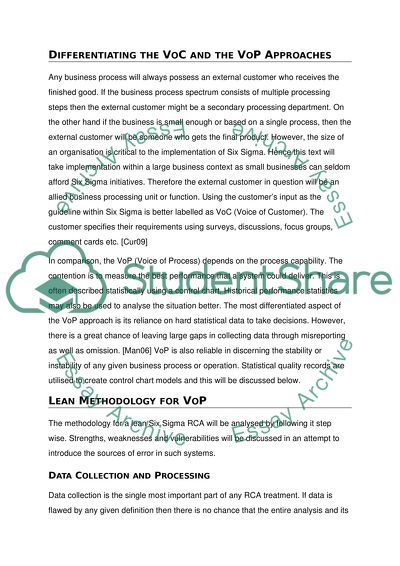Cite this document
(“Six Sigma Essay Example | Topics and Well Written Essays - 3000 words”, n.d.)
Retrieved de https://studentshare.org/statistics/1390726-lean-six-sigma-for-supply-chain-management-theme
Retrieved de https://studentshare.org/statistics/1390726-lean-six-sigma-for-supply-chain-management-theme
(Six Sigma Essay Example | Topics and Well Written Essays - 3000 Words)
https://studentshare.org/statistics/1390726-lean-six-sigma-for-supply-chain-management-theme.
https://studentshare.org/statistics/1390726-lean-six-sigma-for-supply-chain-management-theme.
“Six Sigma Essay Example | Topics and Well Written Essays - 3000 Words”, n.d. https://studentshare.org/statistics/1390726-lean-six-sigma-for-supply-chain-management-theme.


